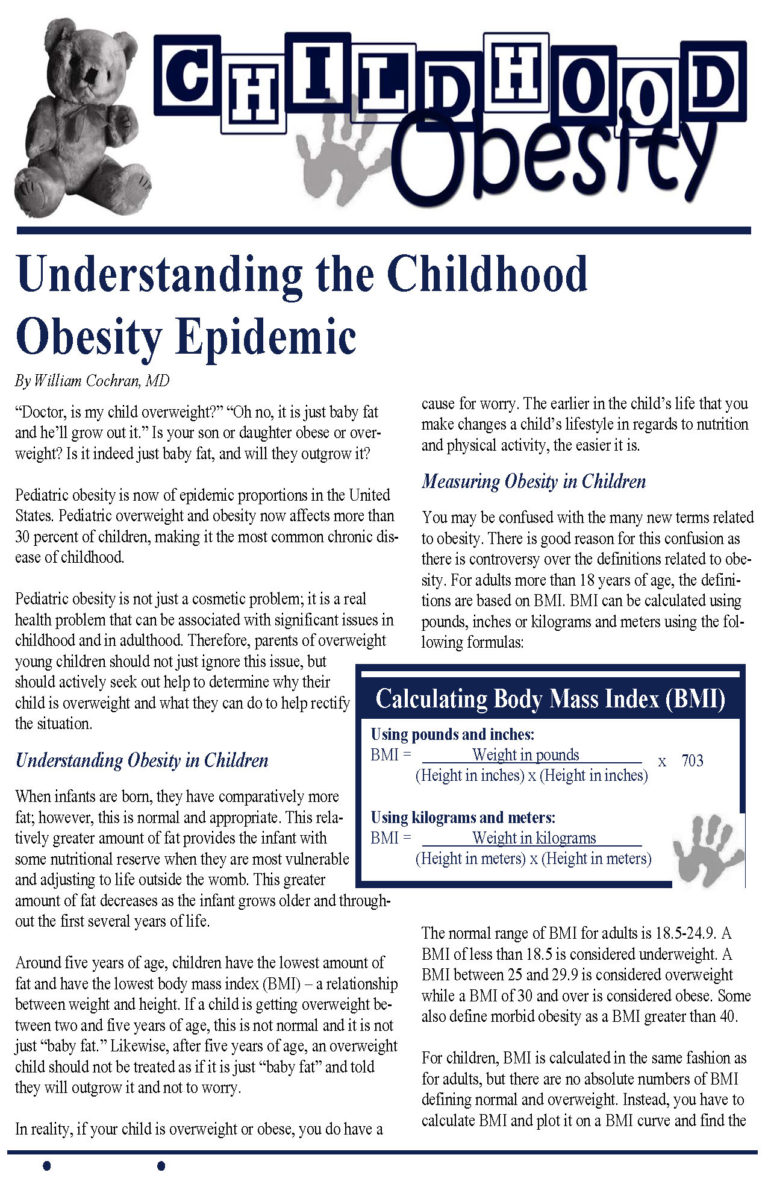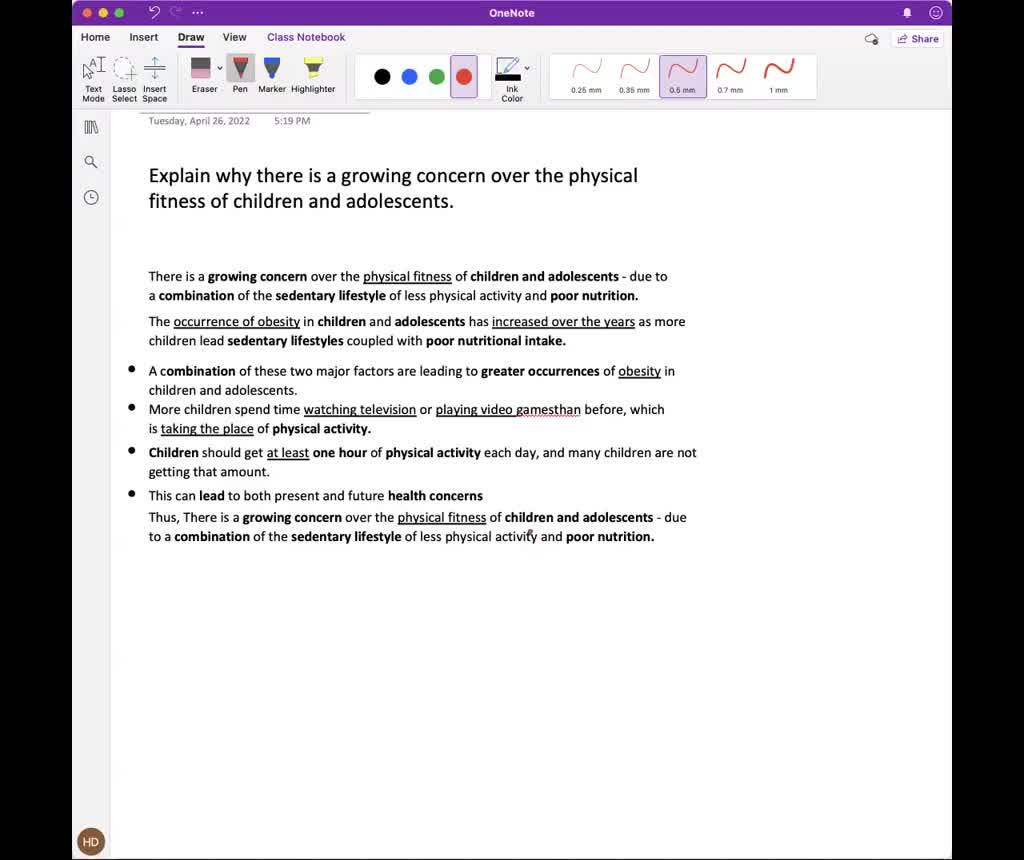Why is There a Growing Concern Over the Physical Fitness of Children And Adolescents? There is growing concern over the physical fitness of children and adolescents due to increasing sedentary lifestyles and poor nutrition. These factors contribute to rising obesity rates and related health issues.
Children and adolescents today face numerous challenges that hinder their physical fitness. The prevalence of digital devices promotes sedentary behavior, with many opting for screen time over physical activities. Poor dietary habits, often influenced by easy access to junk food, exacerbate the problem.
Schools and communities may lack sufficient physical education programs or safe spaces for exercise. These factors combined lead to alarming rates of obesity, diabetes, and other health problems. Addressing this issue requires a multifaceted approach involving parents, educators, and policymakers to promote healthier lifestyles and regular physical activity.
Rising Alarm Over Youth Fitness Levels
There is a growing concern about the physical fitness of children and adolescents. Alarming trends show a decline in their overall health. This issue has become a major topic of discussion among parents and educators.
Shift To Sedentary Lifestyles
Children today spend more time on screens than playing outside. Video games, smartphones, and TV have replaced physical activities. This shift to a sedentary lifestyle has negative effects on their health. Kids are not moving enough, leading to weight gain and other health problems.
Studies show that children should engage in at least one hour of physical activity daily. Yet, many are not meeting this requirement. This lack of movement is causing a rise in obesity and other health issues.
Declining Physical Education In Schools
Physical education programs in schools are declining. Many schools are cutting these programs due to budget constraints. As a result, children are missing out on essential physical activities.
According to research, regular physical education helps improve fitness levels. It also teaches kids the importance of staying active. With fewer physical education classes, children are not getting the exercise they need. This decline contributes to the growing concern over youth fitness levels.
| Factors | Impact on Youth Fitness |
|---|---|
| Screen Time | Increased sedentary behavior and weight gain |
| Reduced Physical Education | Less opportunity for structured physical activity |
Addressing these issues is crucial for improving the health of children and adolescents. By promoting active lifestyles and supporting physical education, we can help combat these alarming trends.
Consequences Of Poor Fitness In Young People
The growing concern over the physical fitness of children and adolescents is real. Poor fitness can lead to many problems for young people. Let’s explore the consequences of poor fitness.
Health Implications
Poor fitness can affect physical health. Children may develop obesity, which leads to diabetes and heart problems. Weak muscles and bones are also common. Poor fitness can cause breathing issues like asthma.
Here is a table showing common health problems:
| Health Problem | Cause |
|---|---|
| Obesity | Lack of exercise |
| Diabetes | Excess weight |
| Heart Problems | Poor diet |
| Asthma | Low activity |
| Weak Bones | No physical activity |
Psychological And Social Effects
Poor fitness also affects the mind. Children with poor fitness may feel sad. They may lack confidence. This can lead to anxiety and depression.
Social life is affected too. These children may feel left out. They might struggle to make friends. Participating in group activities becomes hard.
Here are the key effects:
- Anxiety: Feeling worried often
- Depression: Feeling sad frequently
- Low Confidence: Feeling unsure about oneself
- Social Isolation: Feeling alone and left out
Addressing poor fitness in children and adolescents is crucial. It impacts their health, mind, and social life.
Influence Of Technology And Screen Time
In today’s digital age, children and adolescents spend countless hours in front of screens. This trend is worrying many parents and experts. The rise of technology has significantly changed how young people spend their time. Video games, social media, and online videos are common attractions. These activities replace traditional physical play, leading to a more sedentary lifestyle.
Impact On Physical Activity
Excessive screen time directly reduces the time spent on physical activities. Kids prefer playing video games instead of sports. This leads to a decrease in their physical fitness levels. Sitting for long periods affects their overall health. They miss out on the benefits of running, jumping, and other exercises.
A lack of physical activity contributes to various health problems. These include obesity, poor muscle development, and cardiovascular issues. It’s crucial to balance screen time with physical play. Encouraging outdoor activities can help improve their health.
Parental Control And Guidance
Parents play a vital role in managing their children’s screen time. Setting clear rules about device usage can make a big difference. For example, limiting screen time to two hours a day is effective. Parents should encourage more active play and less screen time.
Creating a daily schedule can help balance activities. Include time slots for homework, play, and screen time. Use tools like parental control apps to monitor and limit device usage. Parents should also model good behavior by reducing their own screen time.
| Activity | Recommended Time |
|---|---|
| Physical Activity | At least 1 hour |
| Screen Time | Less than 2 hours |
| Homework | 1-2 hours |
By actively managing screen time, parents can promote better health. Encouraging outdoor play and physical activities is essential. It helps in developing a well-rounded and healthy lifestyle for children.

Credit: www.obesityaction.org
Nutritional Factors Affecting Fitness
Understanding the nutritional factors affecting fitness is crucial. Children’s and adolescents’ diets significantly influence their physical health. Poor nutrition can lead to various health issues. These issues include obesity, diabetes, and heart diseases. Let’s dive into some critical aspects.
Fast Food Culture
The fast food culture has a significant impact on children’s health. Fast foods are often high in calories, unhealthy fats, and sugars. These components can lead to weight gain and poor health. Children today consume more fast food than ever before. This trend contributes to the rising obesity rates among young people.
Fast foods lack essential nutrients like vitamins and minerals. These nutrients are vital for healthy growth and development. Eating fast food regularly can lead to deficiencies in these nutrients. This can affect children’s physical and mental health.
Lack Of Nutritional Awareness
Many children and parents lack nutritional awareness. They don’t understand the importance of a balanced diet. This lack of knowledge leads to poor food choices. Kids often prefer sugary snacks over fruits and vegetables.
Schools and communities should educate children about healthy eating. Nutritional education can help kids make better food choices. Awareness can lead to healthier eating habits and improved fitness levels.
Here’s a simple table to highlight the contrast between healthy and unhealthy food choices:
| Healthy Foods | Unhealthy Foods |
|---|---|
| Fruits & Vegetables | Fast Food |
| Whole Grains | Sugary Snacks |
| Lean Proteins | Processed Meats |
Encouraging children to eat more healthy foods can improve their fitness. Balanced nutrition supports overall well-being and physical activity. A well-informed diet helps children grow strong and stay active.
The Role Of Family And Home Environment
The role of family and home environment is crucial in shaping children’s physical fitness. Children often mimic their parents’ behaviors, making family influence paramount. A supportive home can foster healthy habits, while a neglectful one can lead to sedentary lifestyles.
Modeling Healthy Behaviors
Parents are children’s first role models. When parents eat healthy, children do too. If parents exercise, children see it as normal. Children copy what they see daily. This includes eating habits and physical activities.
Parents can show children that exercise is fun. They can play sports together or take walks. Even small actions, like stretching, make a difference. Healthy habits start at home. Parents can lead by example.
Family Fitness Activities
Families can bond through fitness activities. This makes exercising enjoyable. Here are some ideas:
- Go for a family bike ride
- Play a game of soccer
- Take a nature hike
- Dance to music in the living room
- Join a family fitness class
These activities keep everyone moving. They also strengthen family bonds. Children learn that fitness is a part of life. It’s not a chore, but a fun activity. Families that move together stay healthy together.
Education System’s Role In Physical Fitness
The education system plays a crucial role in shaping children’s physical fitness. Schools can help children develop healthy habits. This includes exercise and an active lifestyle.
Curriculum And Policy Changes
Schools should include more physical education in their curriculum. PE classes must focus on fun and engaging activities. This will make children enjoy being active.
Policies need to support daily physical activity. Schools can schedule short breaks for exercises. A table tennis session or a brisk walk can do wonders. These breaks can improve fitness and concentration.
| Policy | Benefit |
|---|---|
| Daily Exercise Breaks | Improves focus and fitness |
| PE Class Frequency | Promotes regular physical activity |
Encouraging Active Commuting
Encouraging children to walk or bike to school is vital. Active commuting can boost their daily physical activity. Schools can create safe pathways for walking and biking. This makes it easier for children to stay active.
Parents and teachers can form walking groups. These groups ensure children have company and stay safe. Active commuting also helps reduce pollution and traffic. It’s a win-win for health and the environment.
- Walking Groups
- Safe Pathways
- Reduced Pollution
Community And Urban Planning Considerations
There is a growing concern over the physical fitness of children and adolescents. Community and urban planning play a crucial role in this issue. Thoughtful planning can create environments that encourage active lifestyles. Below are some key considerations.
Creating Safe Play Spaces
Safe play spaces are essential for children. These spaces should be free from traffic and pollution. Playgrounds and parks should have soft surfaces to prevent injuries.
Local governments can invest in well-lit, clean, and safe areas. This encourages more families to let their children play outside. Adding amenities like benches for parents can also help.
Promoting Active Communities
Active communities foster better health for children and adolescents. Urban planners can design walkable neighborhoods. These areas should have sidewalks and bike lanes.
Community centers and sports complexes can offer various activities. This includes swimming, basketball, and dance classes. These facilities should be accessible to everyone.
Creating community programs can also promote activity. Events like fun runs or bike rallies can bring people together. Schools can partner with local organizations to encourage participation.
Table: Key Elements For Community And Urban Planning
| Element | Description |
|---|---|
| Safe Play Spaces | Areas free from traffic and pollution, with soft surfaces. |
| Walkable Neighborhoods | Sidewalks and bike lanes to encourage walking and biking. |
| Community Centers | Facilities offering various physical activities. |
| Community Programs | Events like fun runs to promote physical activity. |
Bullet Points: Benefits Of Active Communities
- Improved physical health
- Better mental well-being
- Stronger community bonds
- Reduced healthcare costs

Credit: news.azpm.org
Steps Forward: Initiatives And Programs
The growing concern over the physical fitness of children and adolescents has prompted various initiatives and programs. These aim to reverse the trend and promote a healthier lifestyle. Let’s explore some significant steps forward.
National And Global Campaigns
Various national and global campaigns have been launched to boost children’s fitness. These campaigns focus on promoting physical activity and healthy eating habits.
- Let’s Move! – An initiative led by Michelle Obama to combat childhood obesity in the USA.
- Global School Play Day – Encourages schools worldwide to dedicate a day to unstructured play.
- Change4Life – A UK-based program promoting healthy eating and physical activity.
Success Stories And Case Studies
Success stories and case studies offer hope and inspiration. They show how initiatives can make a difference.
Consider the example of Finland’s Schools. Their daily physical activity program has significantly improved children’s fitness levels.
In the USA, the Active Schools initiative has transformed many schools. It has integrated physical activity into the daily routine of students.
Another remarkable example is the Daily Mile. This simple, yet effective program encourages children to run or walk a mile each day. Schools across the globe have adopted it with great success.
These initiatives and programs illustrate that the concern over children’s physical fitness is being addressed with actionable solutions.

Credit: www.numerade.com
Frequently Asked Questions about Why is There a Growing Concern Over the Physical Fitness of Children And Adolescents?
Why Is Children’s Fitness Declining?
- Children’s fitness is declining due to increased screen time and reduced physical activity.
How Does Poor Fitness Affect Children?
- Poor fitness affects children’s physical health, mental well-being, and academic performance.
What Are The Main Causes Of Inactivity?
- Main causes include excessive screen time, lack of outdoor play, and sedentary lifestyles.
How Can Parents Promote Physical Activity?
- Parents can promote physical activity by encouraging outdoor play, limiting screen time, and participating in family exercises.
What Are The Benefits Of Regular Exercise For Kids?
- Regular exercise improves children’s physical health, boosts mood, and enhances academic performance.
Conclusion
Growing concern over children’s physical fitness is valid. Promoting active lifestyles and healthy habits is essential. Parents, schools, and communities must collaborate. Together, we can ensure a healthier future for our youth. Addressing this issue now will benefit generations to come.
Prioritize physical activity and well-being for lasting positive impacts.

















